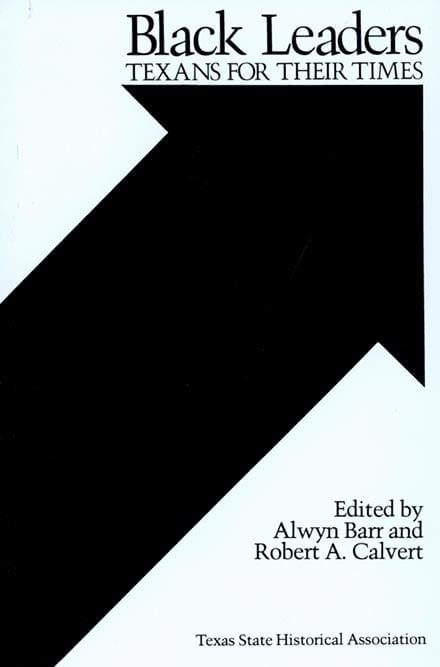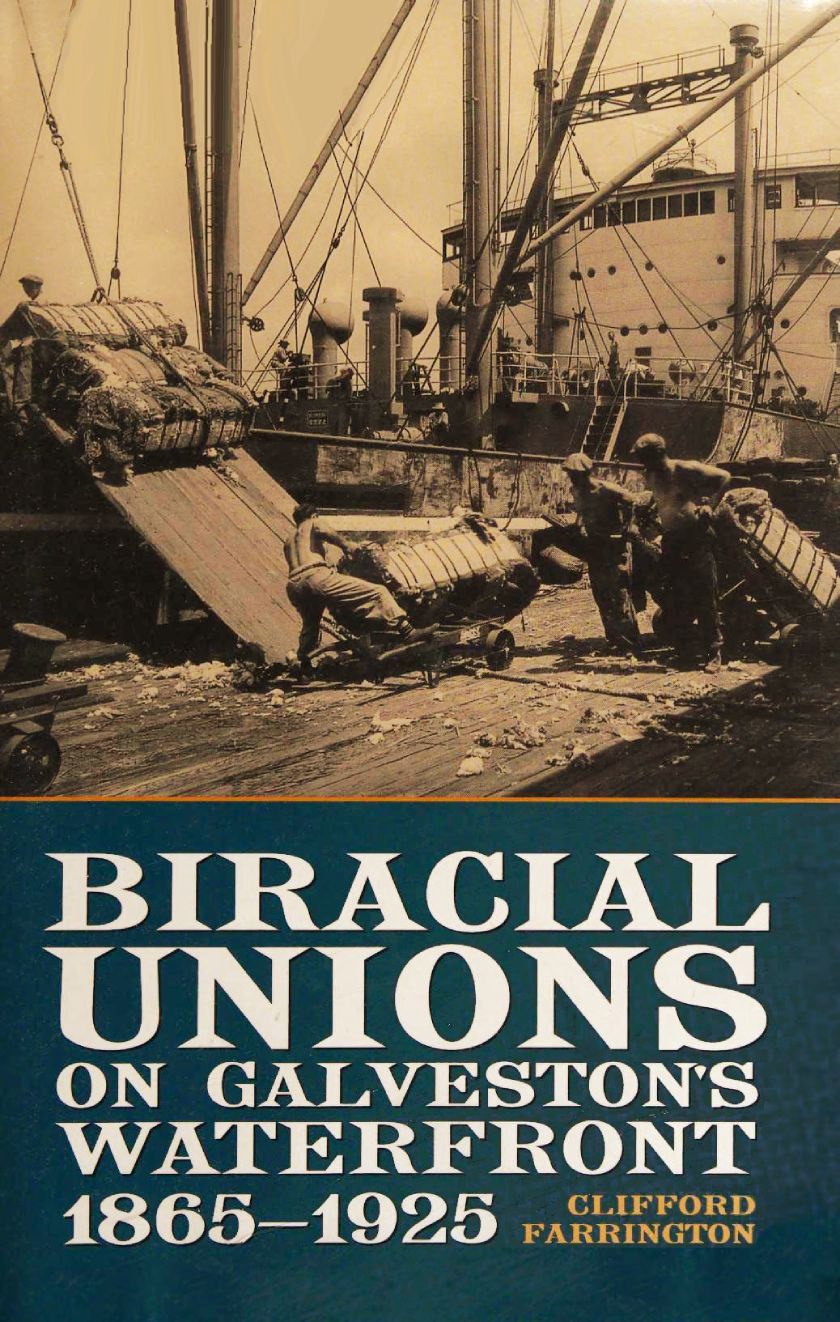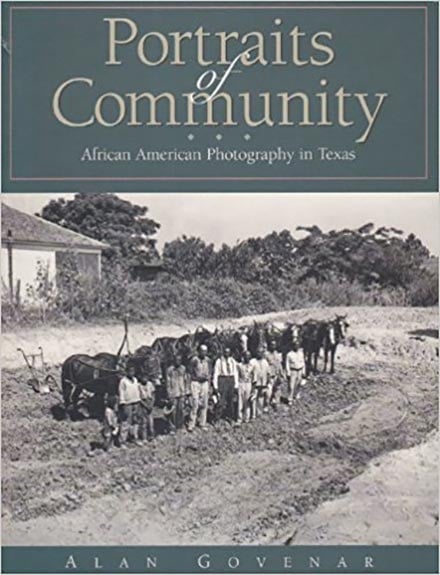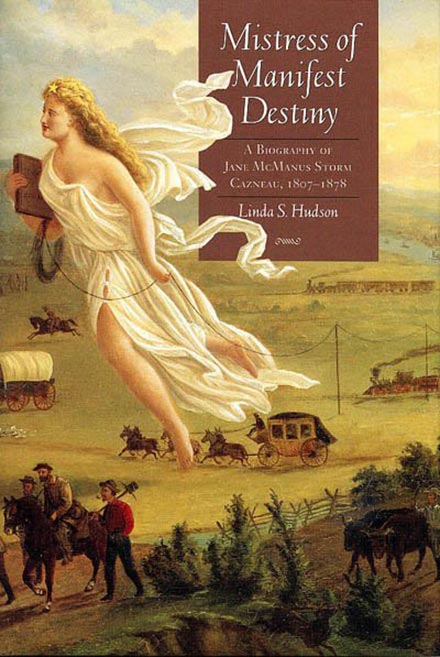The "lily-white" movement began within the Republican party after the Civil War. From the first days of Reconstruction, a fight developed not only in Texas but across the South between White and Black factions for control of the newly formed party. As White GOP leaders sought "respectability" among Southern voters and a conviction grew that continued "black and tan" involvement thwarted expansion of the party, the lily-white Republicans began an organized effort to drive Blacks from positions of party leadership. Though Texas Blacks appealed to Northern party managers to halt the movement, lily-whiteism flourished because Republican presidents after 1865 wanted approval from the Southern White masses. The term lily-white apparently originated at the 1888 Republican state convention in Fort Worth, when a group of Whites attempted to expel a number of black and tan delegates. Norris Wright Cuney, the Black Texas leader who controlled the state party from 1883 until his death in 1896, promptly labeled the insurgents "lily-whites," and the term was soon applied to similar groups throughout the South.
Actually, an organized lily-white movement had begun in Texas during the 1870s, when the party was dominated by former governor Edmund J. Davis. But once Cuney gained the national committeemanship in 1884 upon the death of Davis, the lily-whites started a concerted drive for mastery. Though Cuney was reappointed to the national committee at the 1892 Republican national convention, the Black-White struggle in Texas resulted in a fractured party and the first GOP state convention without a black and tan delegation in attendance. The 1892 election proved a turning point for both GOP factions as Cuney aligned the black and tans behind George Clark, a conservative Democrat, in his fight with James S. Hogg, and the lily-whites nominated Andrew Jackson Houston for the governorship. Houston, son of Sam Houston and a future United States senator, received only 1,322 votes in the November election, while Cuney suffered a dual setback: not only did Clark go down in defeat, but the Democrat Grover Cleveland won the presidency, so that Cuney lost all federal patronage.
Southern GOP leaders, Black and White, relied upon the dispensation of federal jobs to maintain their state organizations; and when Cuney lost out under Cleveland, the door was opened for a lily-white takeover. Though Cuney was replaced as national committeeman as well as state chairman during the 1896 campaign, other black and tan leaders emerged to lead the state party. Edward H. R. Green (son of multimillionaire Hetty H. R. Green), who arrived in Texas to oversee his mother's railroad empire, captured the party after Cuney's downfall by forming a political alliance with William M. (Gooseneck Bill) McDonald, a Black banker from Fort Worth. The Green-McDonald partnership, however, was unable to stem the lily-white insurgents, and after Green's withdrawal as state chairman in 1902, Cecil A. Lyon, a White businessman from Sherman, took control. Lyon generally spearheaded the party and the movement in Texas until his death in 1915.
By 1904 Lyon was Theodore Roosevelt's agent in the state as well as national committeeman and state chairman; though black and tan delegations appeared at the 1904 and 1908 national conventions, they were pushed aside by Lyon's forces. To avoid criticism, one or two Blacks were usually seated with lily-white delegations to the national gatherings. The lily-whites gained new momentum with the adoption of the poll tax and the passage of the Terrell Election Law (see ELECTION LAWS). The lily-white Republicans appealed to racism to establish their party as a viable alternative for southern Democrats. As a result, Blacks increasingly lost influence and power in the Republican party. The Southern Democratic leadership greatly discouraged Black membership, and many Blacks felt that they had no political party in which to participate. When the Republican factions split during 1906 and both made gubernatorial nominations to oppose Democrat Thomas Mitchell Campbell, the lily-white candidate, A. C. Gray, outpolled his black and tan challenger, Alexander W. Acheson, by a four-to-one margin. Lyon supported Roosevelt in 1912 during his famous fight with William Howard Taft, and he later organized the Progressive or Bull Moose party in Texas, which resulted in the loss of his party posts to Henry Frederick MacGregor, a Houston businessman. Roosevelt's Bull Moose campaign finished shattering Republican harmony in the state, with the lily-whites generally supporting the new movement's calls for a White opposition party to the Democrats and the black and tans allying themselves with Taft. After amalgamation of the GOP for the 1916 presidential campaign, Rentfro B. Creager, a Brownsville lawyer and 1916 gubernatorial candidate, soon became party leader.
Though McDonald attempted a comeback in 1920 and proclaimed that color should predominate because "95 percent of all Texas Republicans were Negroes," the lily-whites under Creager retained firm control after the upheavals of 1912–16. The lily-whites reigned supreme under Republican presidents Warren G. Harding, Calvin Coolidge, and Herbert Clark Hoover, despite the threats of Blacks throughout the 1920s to bolt the Republican fold for the Democratic party, and despite efforts by Republican congressman Harry McLeary Wurzbach to court the black and tans in his fight for ascendancy with Creager. When black and tan factions appeared at the 1920, 1924, and 1928 Republican national conventions, they were shunted aside by Creager and his followers. Lily-white domination of the state GOP became academic during the 1930s, as Texas Blacks joined the Black exodus into Democrat Franklin D. Roosevelt's New Deal coalition.
Is history important to you?
We need your support because we are a non-profit that relies upon contributions from our community in order to record and preserve the history of our state. Every dollar helps.
Alwyn Barr, Reconstruction to Reform: Texas Politics, 1876–1906 (Austin: University of Texas Press, 1971). Paul D. Casdorph, A History of the Republican Party in Texas, 1865–1965 (Austin: Pemberton Press, 1965). Paul D. Casdorph, Republicans, Negroes, and Progressives in the South, 1912–1916 (University, Alabama: University of Alabama Press, 1981). Bruce Alden Glasrud, Black Texans, 1900–1930: A History (Ph.D. dissertation, Texas Tech College, 1969). Donald J. Lisio, Hoover, Blacks, and Lily Whites (Chapel Hill: University of North Carolina Press, 1985).
The following, adapted from the Chicago Manual of Style, 15th edition, is the preferred citation for this entry.
Paul D. Casdorph,
“Lily-White Movement,”
Handbook of Texas Online,
accessed April 20, 2024,
https://www.tshaonline.org/handbook/entries/lily-white-movement.
Published by the Texas State Historical Association.
TID:
WFL01
-
Original Publication Date:
-
1952
-
Most Recent Revision Date:
-
November 24, 2020
This entry belongs to the following special projects:








